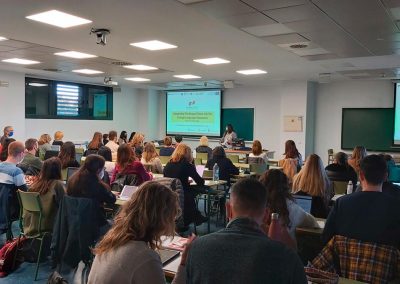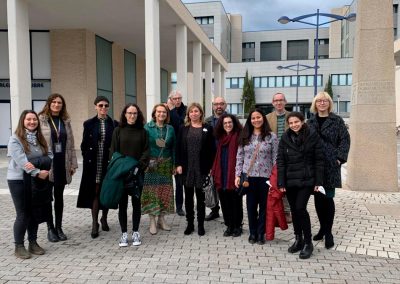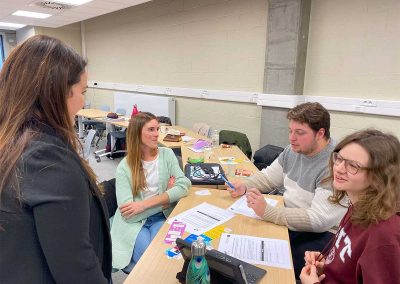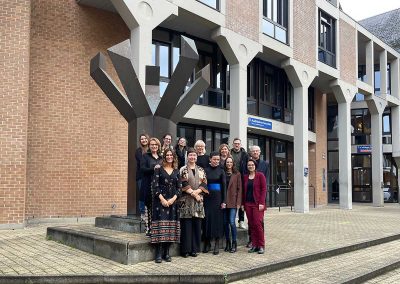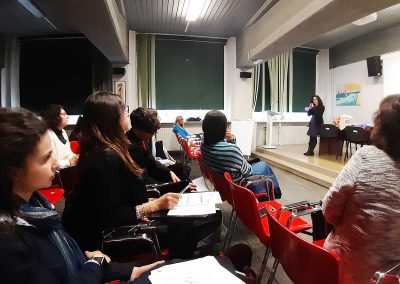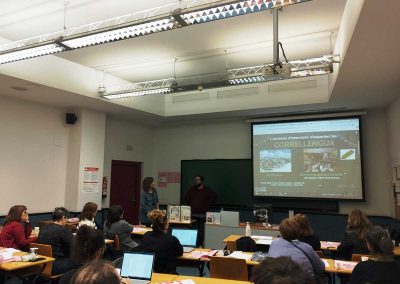Multiplier events
MULTIPLIER EVENT I
TEMPLATE finished 2021 with a Transnational Meeting and the first Multiplier Event in Spain.
Both events were very fruitful and encouraging. Our first Transnational Meeting allowed us to see each other face-to-face for the first time and work together hand in hand.
The Multiplier Event hosted a group of 60 in-service and pre-service teachers who enjoyed in a very participative way the workshops about Plurilingualism, Mediation and teaching methodologies given by our partners.
MULTIPLIER EVENT II
TEMPLATE’s second Transnational Meeting and Multiplier event took place at the beginning of November 2022 in Louvain-la-Neuve (Belgium).
Moreover, 35 teachers, who shared their interest in plurilingualism, attended our multiplier event and had the chance to exchange opinions and experiences while creating some plurilingual and CLIL tasks.
REGIONAL SEMINARS
2023

